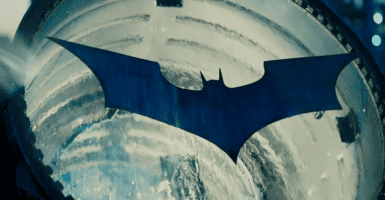Young Blood Found to Reverse Aging in Mice
This article is more than 2 years old

For millennia, humans have been interested, even obsessed, with the powers of our blood. For a while, it was a humor, on par with phlegm and bile. Elizabeth Bathory allegedly murdered hundreds of young virgins solely to bathe in their blood, believing it to retain youth and ward off aging, thus inspiring legends of vampires. In the modern age, when science has dismissed many of history’s errors, we still don’t understand everything about our liquid life force. For example, batty old Kim Jong-Il was rumored to have carried on the Bathory tradition, only injecting the virgin blood into his veins, and without all the murder. But wait, how batty is he? (At least in this context.)
At the Society for Neuroscience’s annual meeting in New Orleans this past weekend, Stanford University’s Saul Villeda presented his potentially revolutionary findings where the blood of young mice helped to reverse some key symptoms of aging within the brains of older mice. Now, he isn’t certain which of the hundreds of thousands of compounds in the blood is responsible for this progress just yet, but never has such a large foothold been available for a starting-off point.
Last year, Villeda and his team found out the reverse of this effect was true, that presenting an older mouse’s blood into a younger one rapidly advanced the aging process. In his more recent experiments, Villeda used the same technique of connecting the circulatory systems of the mice, and after several days he found the older mice had an increase in the development of stem cells in the brain, and that brain cell connectivity had increased over 20%. The behavior patterns of the older mice were also studied using a water maze with a hidden platform. Untreated older mice had much trouble navigating, often hitting dead ends, but the treated mice found the platform on the first try.
Villeda thinks it may be possible for the transfusions (5% of the young blood into the older mouse eight times a month) to become a therapy for humans in the future, should all the details come to light. Even if it’s found that the process doesn’t have the same reversal properties in humans, there is still a good theoretical chance that memory-depleting diseases such as Alzheimer’s can at least be prevented. And that, my friends, is nothing to…Where was I?












